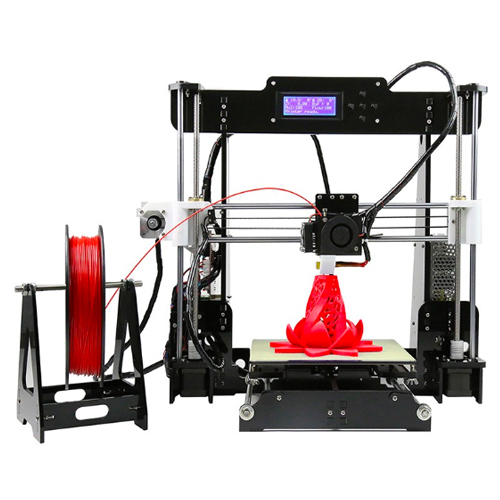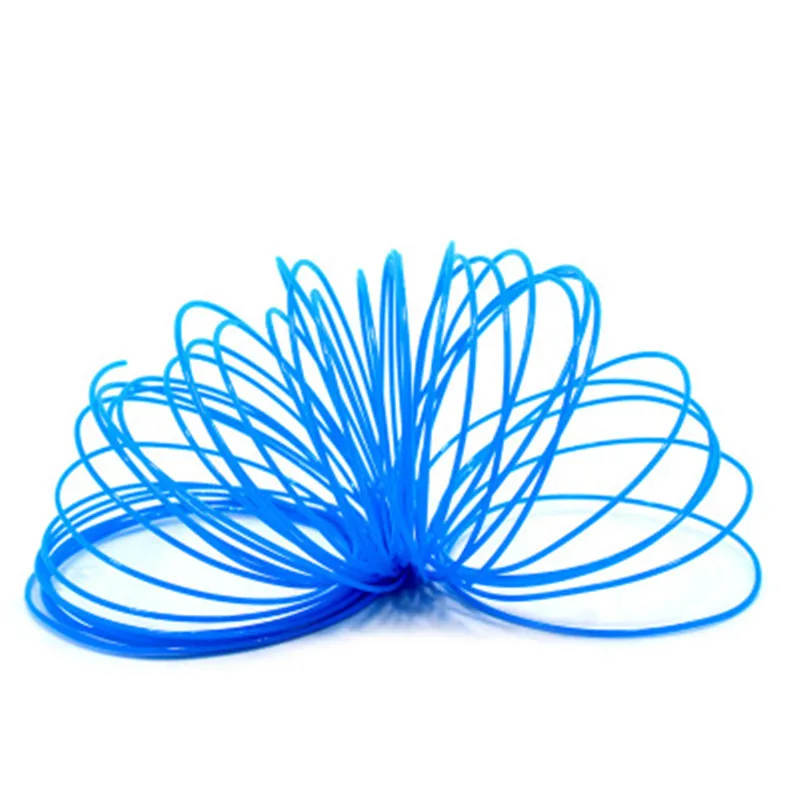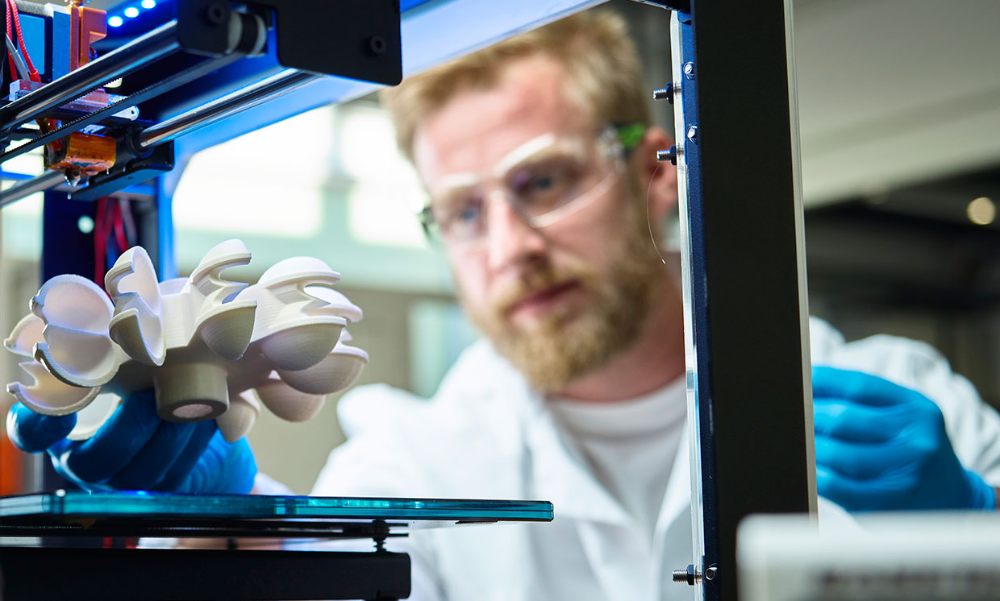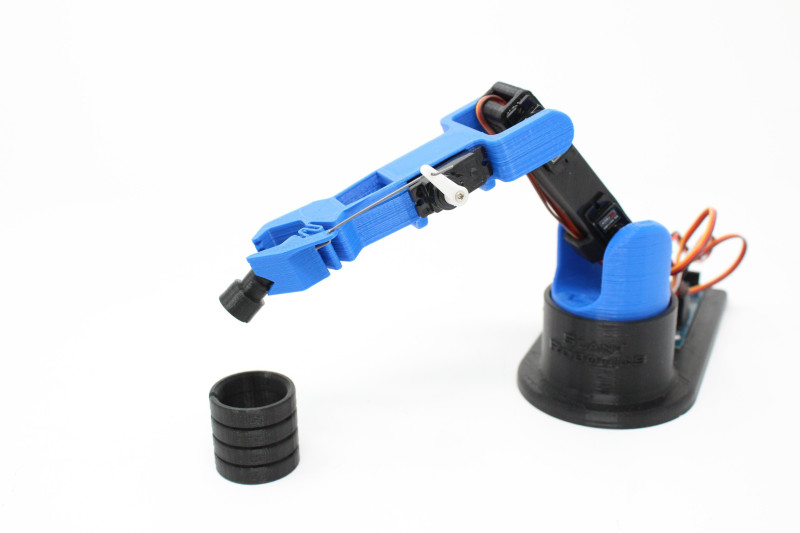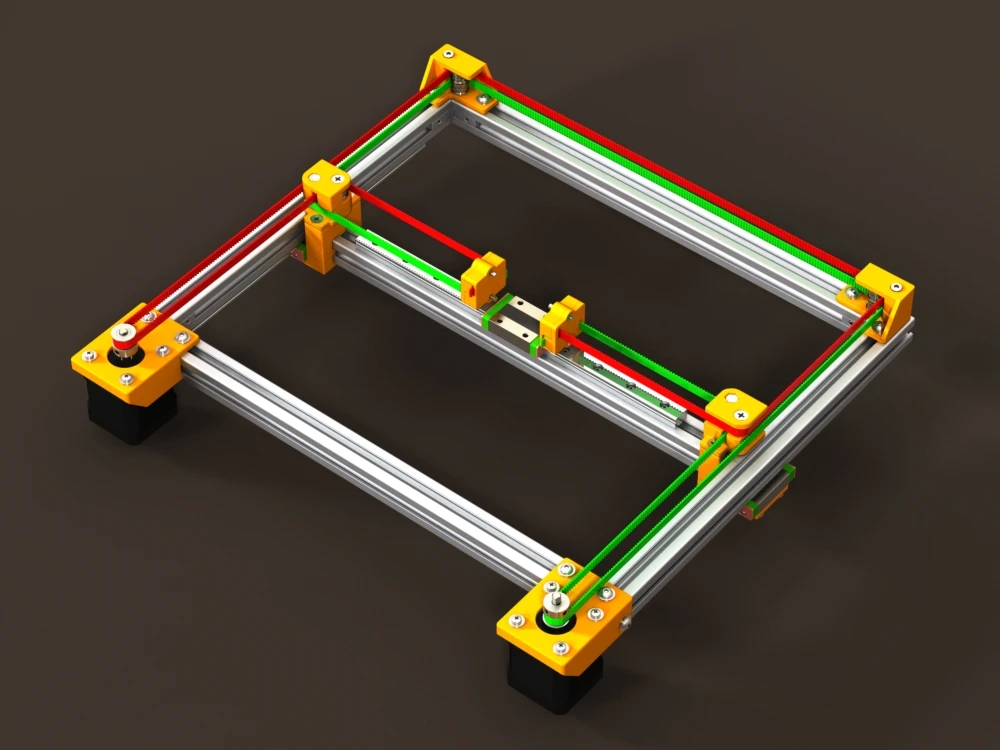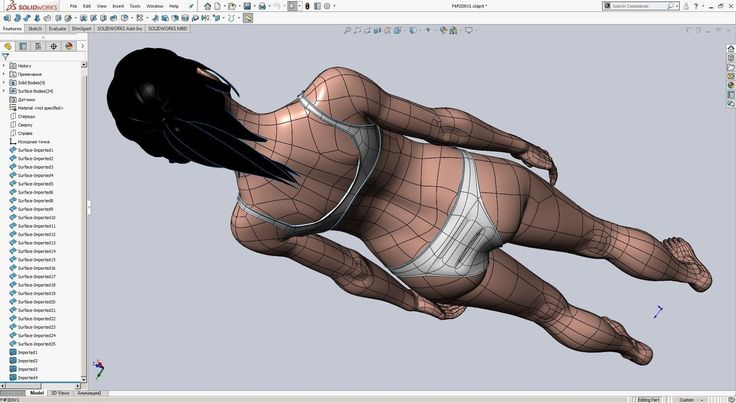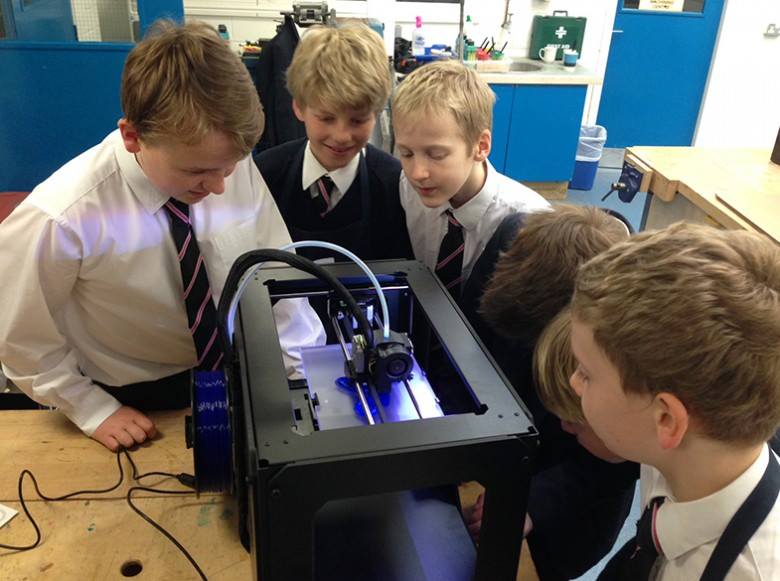Price of 3d printer plastic
2022 3D Printing Plastic Cost - Ultimate Price Comparison
ADVERTISEMENT
Plastic was a very important invention of material science. Any material that is made of synthetic or semi-synthetic compounds and has a property named malleability can be termed as Plastic.
After being useful in a wide range of applications, during traditional manufacturing methods, Plastic was then tried and tested for making products using 3D printing technology.
Coincidentally, Plastics were found to be very useful in making parts and functional prototypes using 3D printing technology. Just as they were in manufacturing with traditional techniques.
In this article, we are going to share information about 3D printing plastic costs.
Amongst the synthetic or semi-synthetic compounds, the use of former ones is more in the market than the later ones.
The use of plastic is almost in every kind of 3D printing technology.
You may get to see the use of plastic a lot in filaments that are used to print parts or functional prototypes using FDM 3D printing technology.
A lesser amount of plastics, but still considered one is found in SLA or SLS 3D printing technology.
Plastics are also found to be used in powdered form with Material Jetting 3D printing technology as well as Multi Jet Fusion 3D printing technology.
We are going to start listing down one by one of the most popular plastics that are converted into the material and are used for making parts and functional prototypes using one of the above mentioned 3D printing technologies.
With that, we are also going to share with you the 3D printing plastic cost.
So that you can get an idea about one of the most important factors while planning a budget for a 3D printing project i. e. The material cost.
e. The material cost.
ADVERTISEMENT
Popular 3D Printing plastic Cost
By merely changing its form, the same plastic can be used in printing parts or functional prototypes using different 3D printing technologies.
In its solid form, plastic is used to make products using FDM 3D printing technology.
The liquid form of plastic is employed with SLA or SLS 3D printing technology for making high-quality parts and functional prototypes.
Whereas the powdered form of plastic can be used to make products using powder bed fusion 3D printing technology.
ABS
Undoubtedly, ABS is one of the most popular plastics finding a wide range of applications due to its properties.
It is one of those materials that is used for producing bodywork of cars, as well as mobile phone cases.
This thermoplastic contains a base of elastomers that are based on polybutadiene, which makes it even more flexible than other options of plastics.
Along with making ABS more flexible, polybutadiene also makes it shock resistant, and hence its use is seen in the bodywork of cars.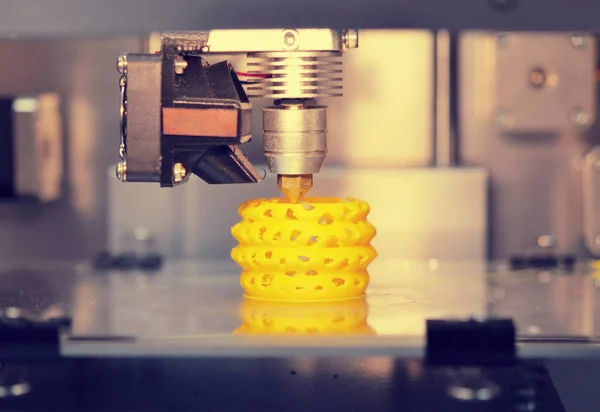
Apart from FDM 3D printing technology, ABS finds its use with powder bed fusion technology and SLA which makes it a versatile plastic compared to others which can only find their use in not more than one technology.
While 3D printing ABS one needs to take care of the temperature range 230 to 280 degrees Celsius, which is known as the best temperature range for printing this material.
The toughness of this material makes it capable to withstand a temperature range from -20 to 80 degrees Celsius easily.
The criticism that this material has faced is in recent times with the increasing awareness of biodegradable materials in search of a more sustainable material.
ABS contracts with air so it is recommended that the printing platform must be heated for preventing warping.
ABS is known to print easily in closed environments and for the same reason, it is recommended to use ABS with a closed chamber 3D printer.
ADVERTISEMENT
Price
The average price of ABS is around $15 to $20 per kilogram. While purchasing ABS do look for tolerances, the lesser the tolerance of the material, the more should be the price.
While purchasing ABS do look for tolerances, the lesser the tolerance of the material, the more should be the price.
PLA
ABS and PLA can be called the Santa and Banta of the 3D printing industry. The 3D printing plastic cost of ABS and PLA is as competitive as their use is in the industry.
PLA is an abbreviation for polylactic acid. There is an inherent benefit that PLA has over ABS and this point has to do with the point that ABS faces criticism for, from the 3D printing market.
PLA is biodegradable and also the easiest material to 3D print with. There will hardly be a 3D printer that is not compatible with PLA 3D printing.
Although PLA’s limitation is that it shrinks after it is 3D printed into a part or functional prototype.
Unlike ABS, PLA does not require any 3D printing platform for printing the material.
Also, PLA prints at a much lower temperature range than ABS. The temperature range which is considered a comfortable one for PLA ranges from 190 to 230 degrees Celsius.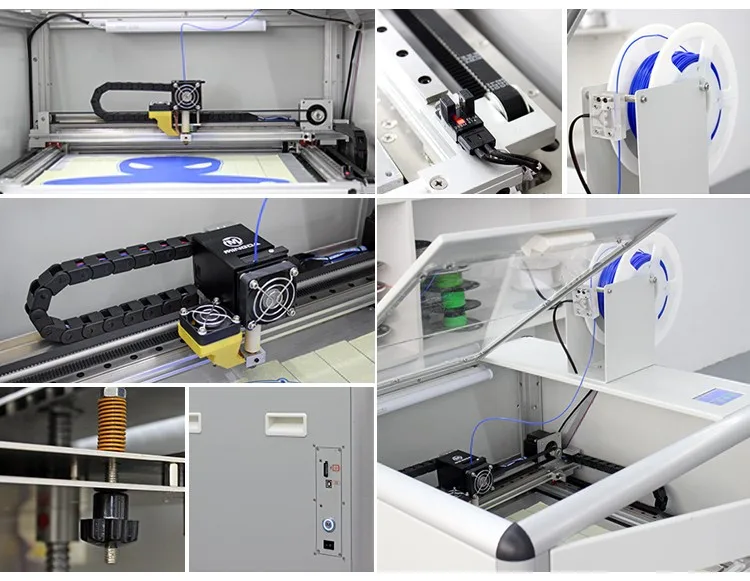
Because of its high cooling and solidification speed, PLA becomes a difficult material to manipulate into some shapes which has more curves. But, because of its availability in various colors, PLA is a very suitable material in FDM 3D printing.
ADVERTISEMENT
Price
PLA would probably be the least expensive product on this list.
Although the average price of the material falls in the same range as ABS, the lowest price option available for this filament may even fall beyond $15.
But overall standard brands are known to fall between 3D printing plastic costs of $15 to $20 per kilogram.
PETG
Also known as glycolized polyester, PETG is a thermoplastic that is widely used in the additive manufacturing market and it should be because chemically it is a hybrid developed out of the two most popular materials in the 3D printing market i.e. ABS and PLA.
PETG is an amorphous plastic that can be 100 percent recycled. Colloquially this material is also known as PET.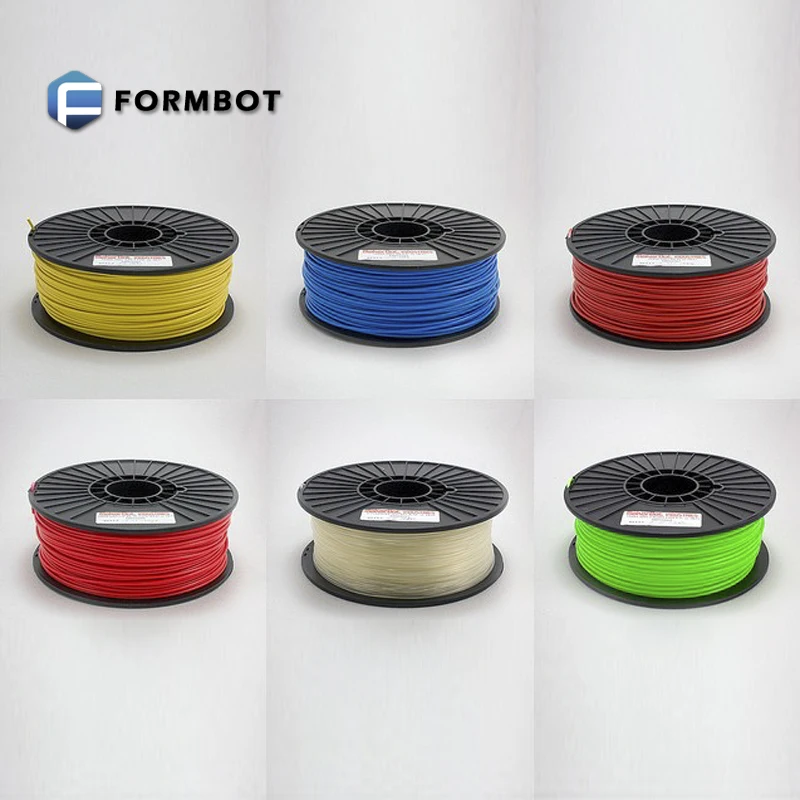
If it were not a glycolized polyester, it would have been a more brittle and fragile material.
Adding glycol to this material gave it a sort of flexibility that it currently possesses.
PETG replaces ABS in applications that need the material to have more strength and temperature resistance than ABS.
Although having more sincere characteristics than ABS, its price does not change much from the price range of ABS.
Price
The 3D printing plastic cost average price range of PETG is $16 to $19 per kilogram.
Mainly PETG finds its application when employed with FDM 3D printing technology to make parts and functional prototypes.
ADVERTISEMENT
Nylon
Usually, the parts and functional prototypes made from Nylon are made using SLS 3D printing technology.
They are created by putting into the process a fine, white, granular powder.
Although when it comes to FDM 3D printing technology, Nylon shows some compatibility with its variants.
Chemically polyamides are the only material to show an immense amount of compatibility when it comes to making products that come in direct contact with food.
The semi-crystalline structures of polyamides make sure they have a good balance of chemical and mechanical characteristics hence offering a good amount of stability, rigidity, flexibility, as well as shock resistance.
High quality of polyamides finds them application in the field of making gears, parts for the automotive industry, robotics, as well as the medical industry and injection molds.
Cable ties are areas where Nylon is regularly employed.
Price
The 3D printing plastic cost average price of Nylon ranges from $50 to $73 per kilogram.
PEEK, PEKK, Ultem
The evolution of 3D printing technology from a perspective of thinking to practical application finding technology that can compete with the traditional forms of manufacturing has enabled the growth of 3D printing materials such as PEEK, PEKK, and Ultem.
These are high-performance filaments that resemble the characteristics of metals.
They are distinguished from one another because of families such as polyaryletherketones (PAEK) or polyetherimides (PEI).
They have high mechanical and thermal resistance which let them comfortably being used for making parts that metals are used, but they steal the show by being lighter in weight.
So, you might often find these materials in the aerospace, automotive as well as medical sectors.
Indeed, you would need a 3D printer that is capable of withstanding temperature ranging in the range of 350 degrees Celsius.
Whereas a heated build plate that can withstand at least 230 degrees Celsius.
But when you look at the outcome of parts or functional prototypes, it is worth it.
And slowly with the development of materials, these three are also finding application with SLA 3D printing technology.
ADVERTISEMENT
Price
A typical Ultem filament’s 3D printing plastic cost of the spool is $80 per kilogram.
The price is not different for 1.75 mm, from 2.85 mm.
Polycarbonate
Because of its good resistance to temperature, Polycarbonate finds application in many engineering products. It is able to resist undergoing any physical resistance up to 150 degrees Celsius. The only limitation that makes polycarbonate a little less favorable than ABS, PLA is its ability to absorb moisture from the surroundings, because of which when you buy a filament of polycarbonate you need to pay strong attention to the storage part of the filament. It should be stored in airtight containers.
The additive manufacturing industry is in debt to polycarbonate for giving its customers strength and transparency. Polycarbonate has a much lower density than glass, which makes it particularly interesting for designing optical parts such as protective screens or decorative objects.
Price
The 3D printing plastic cost average price of polycarbonate filament ranges from $30 to $93 per kilogram.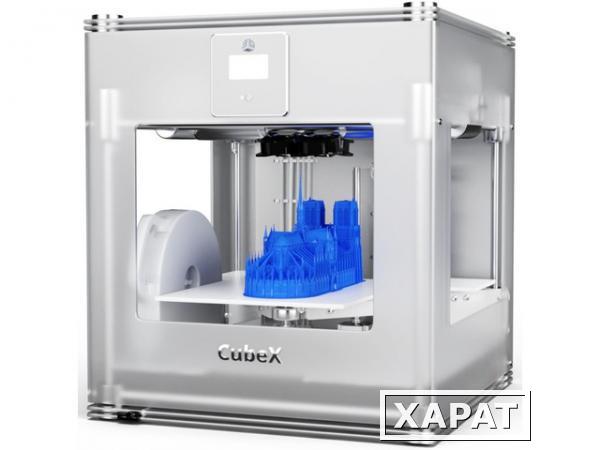 And it is known that most of the 3D printers that allow printing with polycarbonate use 1.75 mm filament which is fifty percent more than standard PLA.
And it is known that most of the 3D printers that allow printing with polycarbonate use 1.75 mm filament which is fifty percent more than standard PLA.
ASA
Here is a material that has similar properties to ASA, but even greater resistance to ultraviolet rays.
And for this reason, it finds application in places where ABS cannot be used because of not having such strong resistance, such as the exterior of homes.
The problem of warping which is evident in ABS is also evident in ASA and hence when you are printing using ASA, you are advised to print parts and functional prototypes using a heating bed that is able to provide you with uniform heating.
Extra care, however, must be taken while printing this material due to styrene emissions which are not a matter of concern when one prints using ABS.
ASA is majorly used for outdoor applications not only because it has UV resistance, but also because of being moisture resistant and electrically insulating.
ADVERTISEMENT
Price
The 3D printing plastic cost on average for an ASA spool is found to be ranging from $30 to $50 per kilogram.
There is no difference in price when you choose a spool that has a diameter of 1.75 mm and 3mm, which is interesting, isn’t it?
The Conclusion
The 3D printing industry majorly operates on FDM 3D printers and FDM 3D printing technology which needs a filament for producing a part or functional prototype. A
lthough the situation is changing and now even SLA 3D printing is growing, but it will take time.
Till then, filament remains the main source of material required for 3D printing a part or functional prototype.
Hence you might notice the use of plastics more in making filament spools, than in making liquid resins or powdered form material which are a source of 3D printing a part or functional prototype using SLA or powder bed fusion 3D printing technologies respectively.
The 3D printing plastic cost of the materials mentioned above are subject to change from brand to brand based on the raw materials used for constructing a filament or a resin.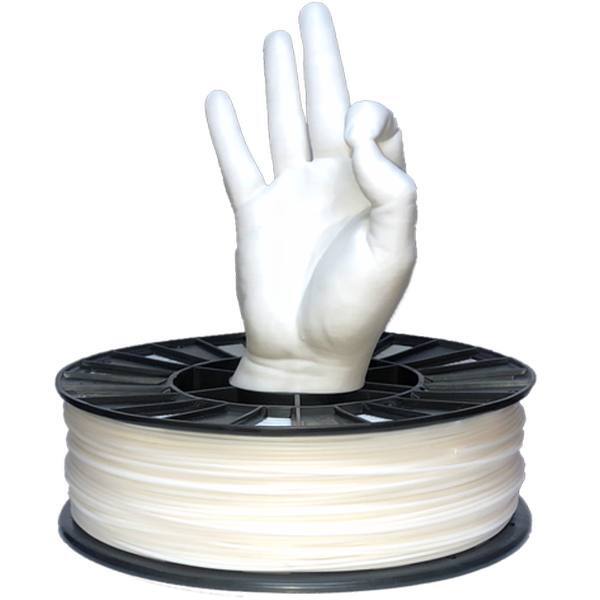
You might have noticed that for the same reason we have mentioned the price range and not the exact price of that material.
This is to give you an idea of material costs which is one of the most important parameters while calculating the cost of the complete 3D printing project for printing a part or functional prototype.
Material costs, along with operating and labor costs constitute the final cost of 3D printing a project.
How much does 3D printing cost?
David Roberson21 September 2021
Guide
Once you understand how 3D printing works, it's important to talk money. A 3D printer should be a long-term asset for your organization that delivers value for years after you buy it. But how much does 3D printing cost?
This return on investment is a benefit that sets 3D printing apart from other solutions like outsourcing. But as with any long-term asset, it pays to be aware of all the associated costs that come with owning a 3D printer, and which expenses – including 3D printer material costs – you need to plan for into the future.
The list below should help you understand the costs involved, how they differ depending on the technology, and which are one-off or repeating. (Prices are indicative and subject to change – so we recommend doing your own research too.)
3D printer price
With products on the market for anyone from a home user to the R&D divisions of blue-chip companies, 3D printer prices vary a lot. Typically, FFF offers the greatest variation in price, from hobbyist machines costing a few hundred dollars to higher-performance desktop printers in the $2,000 to $6,000 range. Desktop SLA printers start from around $2,000 to $3,000, while an SLS printer typically costs $10,000 plus. Larger-scale industrial machines of any technology will cost significantly more.
Peripherals
These can add extra functionality, but also add extra expense your 3D printing costs. Post-processing peripherals are almost essential for SLA and SLS printers. For example, SLA prints will otherwise have to be manually washed in isopropyl alcohol and left in the sun to cure – so in practice, these printers often require purchase of post-processing stations unless that appeals to you! For FFF, peripherals can streamline workflows such as material handling, but are up to you depending on your needs.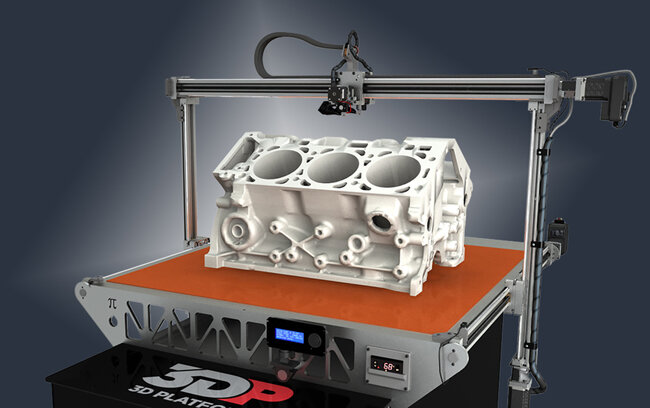
Maintenance and service
Typically, this should only be the cost of replacing the odd consumable part over time. Check what support your seller includes as part of the price – they may offer installation and maintenance included. Some products also come with extended warranty options or an annual service plan. These plans can add certainty for some customers, but be sure to read the fine print in detail to understand the terms and exactly what support you get if something goes wrong.
Energy
For regular use for an Ultimaker 3D printer, we calculated this to be around $50 per year. But if you want a more precise figure, check the power consumption specs of a 3D printer and make a calculation based on your likely usage and local energy prices.
Materials
Think of material costs like gas for your car. While not considerable in isolation, over the long-term it will be one of the biggest running costs. For FFF 3D printing, 3D printer filament prices (for an everyday material like PLA or PETG) are around $20 to $50 per kilogram, or $60 to $120 for specialized engineering or support filaments.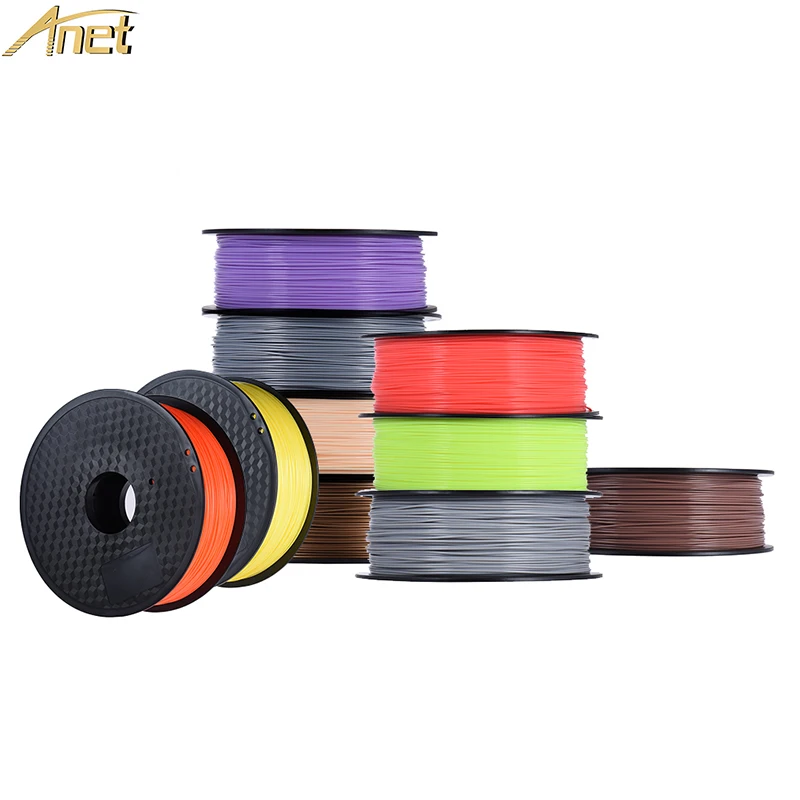 Entry-level SLA resins cost around $50 per liter, and most professional options cost around $150 to $400. SLS powder can cost around $100 to $200 per kilogram.
Entry-level SLA resins cost around $50 per liter, and most professional options cost around $150 to $400. SLS powder can cost around $100 to $200 per kilogram.
Software
Most professional level 3D printers come with some software included, usually so you can prepare your prints and manage printers. Many cheaper 3D printers don’t come with adequate software, but luckily our Ultimaker Cura software is compatible with hundreds of machines and free to download. And if you really want to scale 3D printing in your business unit or even entire organization, consider an enterprise software plan with added features like direct support, online training courses, and cloud storage for your parts and projects.
You can learn more in our total cost of ownership white paper – available to download for free.
A 3D printer is part of an ecosystem that includes peripherals, materials, and software – either from the manufacturer or third parties
Need more info on 3D printing?
Explore the wider world of this incredible technology by reading our answers to these common questions:
What is 3D printing?
What can you make with a 3D printer?
How to use a 3D printer?
Eco Copet (Petg) Plastic 3DPLAST FILAST FILASTER 1. 75 mm, 0.85 kg
75 mm, 0.85 kg
In stock
Delivery in Ukraine
from 312 UAH
3DPLAST - manufacturer of plastic for 3D printing
PLA (PLA) plastic 3Dplast filament for 3D printer 1.75 mm
In stock
Delivery in Ukraine
416 UAH
manufacturer Buy
plastic for 3D printing0003
Eco PLA (PLA) Plastic 3DPLAST FILAST for 3D Printer, 1.75 mm, 0.85 kg
In stock
Delivery in Ukraine
350 UAH
3DPLAST - Plastic manufacturer 9000
ABS -plastic tread For a 3D printer, 1.75 mm, 0.75 kg, transition color
is not available
324 UAH
Watch
3DPLAST - Plastic manufacturer for 3D printing
HIPS (UPS) Plastic 3DPLAST PLALAST PLALASTION 1.75 mm 0.75 kg 9 kg
Inaccessible
312 UAH
Watch
3DPLAST - Producer of Plastic for 3D Press
PETG (Copet) Plastic for 3D printer 0. 75 kg Proceedings
75 kg Proceedings
in Ukraine 9000
Buy
"3Dfilament" - plastic maker for 3D printers
PLA (PLA) plastic for 3D printer Black 1.75mm 0.75kg
Delivery across Ukraine
365 UAH
Buy
"3DFILAMENT" - plastic Vobron up up to 3D Printeri
Plastic for 3D printer (ABS, Pink, Bay 1kg)
In stock
Delivery in Ukraine
806 UAH
Fornotik
Plastic for 3D printer Printer Printer (ABS, orange, 1kg coil)
In stock
Delivery across Ukraine
806 UAH
Buy
Fornotik
Plastic for 3D printer (PTEG, yellow, 1kg coil) In stock
Ol000 Plastic for 3D printer (ABS, blue, 1kg coil)In stock
Delivery across Ukraine
806 UAH
Buy
Fornotik
PLA (PLA) plastic for 3D printer Bily 0.75 kg 0.75 kgOl000 Buy
"3Dfilament" - plastic cutter for 3D printers printers
See also
100 m PLA ECO plastic bright for 3D printer pen | 3D plastic thread | A set of plastic 3D pen PLA
In a warehouse in Odessa
Delivery across Ukraine
478 UAH
239 UAH
Buy
WISE Market 3 pen
3D plastic thread | A set of plastic 3D pen PLA
In a warehouse in Odessa
Delivery across Ukraine
910 UAH
455 UAH
Buy
WISE Market
Stencils + 100 m PLA ECO plastic bright for 3D printer pen | 3D plastic thread | A set of plastic 3D pen PLA
In a warehouse in Odessa
Delivery across Ukraine
518 UAH
259 UAH
Buy
WISE handles
printer bright | 3D plastic thread | A set of plastic 3D pen PLA
In a warehouse in Odessa
Delivery across Ukraine
950 UAH
475 UAH
Buy
WISE Market
100m PLA + Gift! ECO plastic bright for 3D printer pen | 3D plastic thread | Set of plastic 3D handle Pla
in a warehouse in Odessa
Delivery in Ukraine
638 UAH
319 UAH
Buy
Wise Market
Copet plastic
Delivery from Kyiv
449 UAH
349 UAH
Buy
PLA Plastic for 3D printer Gray 0.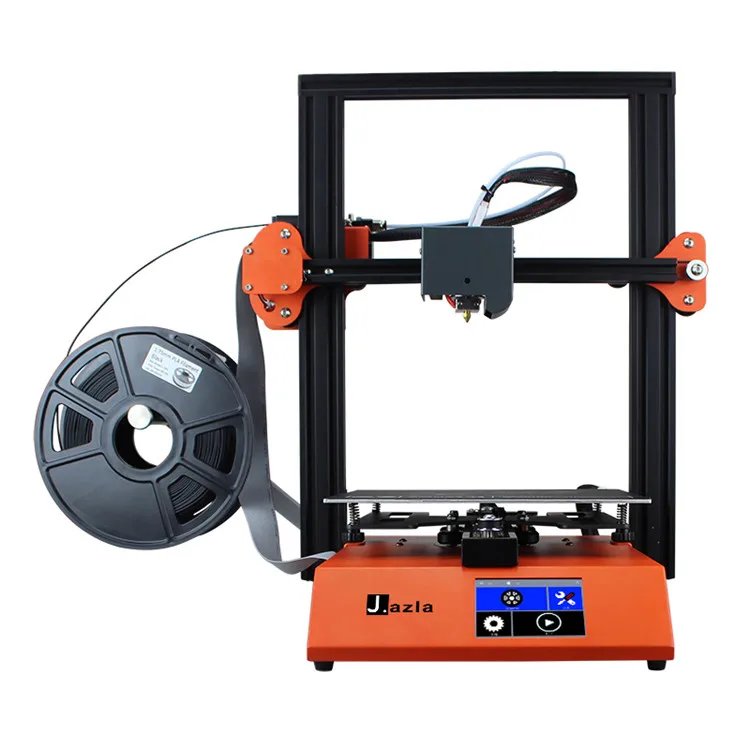 800 kg / 230 m / 1.75 mm
800 kg / 230 m / 1.75 mm
Delivery from Kyiv
470 UAH
Buy
9000 PLA Plastic for 3D printer Picture 0.800 kg / 230 m / 1.75 mmDelivery from Kyiv
470 UAH
Buy
PLA Plastic for 3D printer Orange 0.800 kg / 230 m / 1.75 mm
Delivery from Kyiv
470 UAH
Buy
Copet plastic for 3D printer Orange 0.800 kg / 230 m / 1.75 mm
Delivery from Kyiv
449 UAH
349 UAH
PET-G plastic 0.85 kg 1.75 mm for 3D- printer
In stock in Kharkov
Delivery across Ukraine
350 UAH
Buy
Asarin Company
PET-G plastic red 0.85 kg 1.75 mm for 3D printer
Delivery in Ukraine
350 UAH
Buy
ASARIN Company
Plastic for 3D printer (ABS, Pink, Bay 1kg)
In stock
Delivery
806 UAH
Buy 9000
online store “All for laptops »
Plastic for 3D printer (PLA, bronze, 1kg coil)
In stock
Delivery across Ukraine
806 UAH
Buy
Online store "Vsyo for laptops" Irkut
for printing 0001Subcategories
-
PetG
Pet-G plastic for 3D printing in Irkutsk from various manufacturers
-
PLA
PLA plastic for 3D printing in Irkutsk from various manufacturers
-
ABS
ABS plastic for 3D printing in Irkutsk from various manufacturers
ABS (acrylonitrile butadiene styrene) is one of the first plastics in the history of 3D printing.
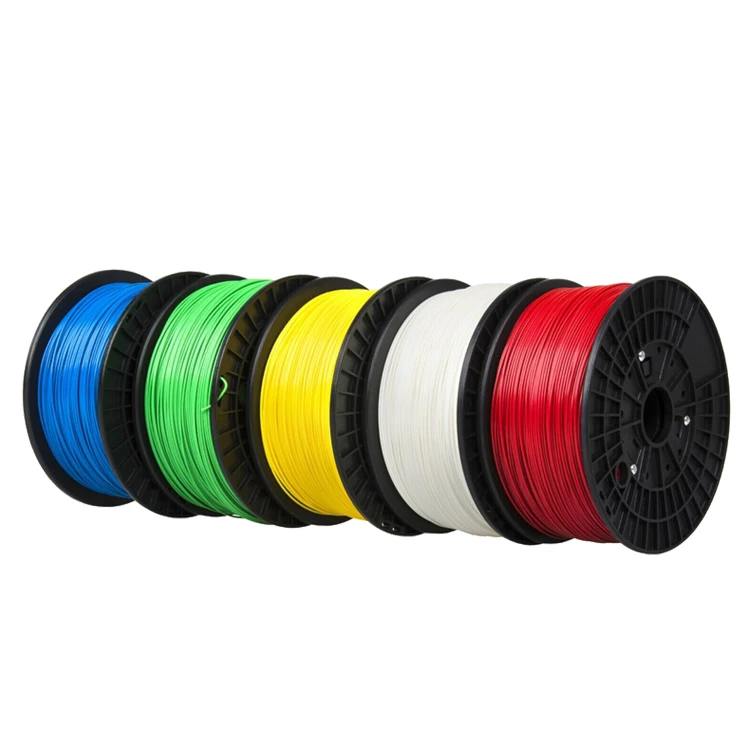 ABS continues to be popular due to its toughness, which allows it to print high-impact, wear-resistant parts.
ABS continues to be popular due to its toughness, which allows it to print high-impact, wear-resistant parts. ABS also has a higher glass transition temperature, which means that the plastic can withstand higher temperatures (operating temperatures up to +80°C) before it begins to warp. This makes ABS an excellent choice for outdoor model printing or high temperature applications.
ABS printing requires good ventilation in the room as the plastic has an odor. ABS also tends to shrink when it cools, so your printer needs a closed case to keep it warm while printing.
ABS printed models can be easily treated with acetone to smooth layers and create a glossy finish.
-
Engineering and unusual...
Engineering plastics (nylon, plastic with carbon additives, polycarbonate, ultrapet, etc.), as well as plastics with unusual properties (rubber, ceramics, wax, wood, with metal additives) non-flammable plastics for 3D printing in Irkutsk from various manufacturers
-
Flexible materials
Various flexible materials from various manufacturers
-
HIPS
This filament is designed and adapted for co-printing with ABS.
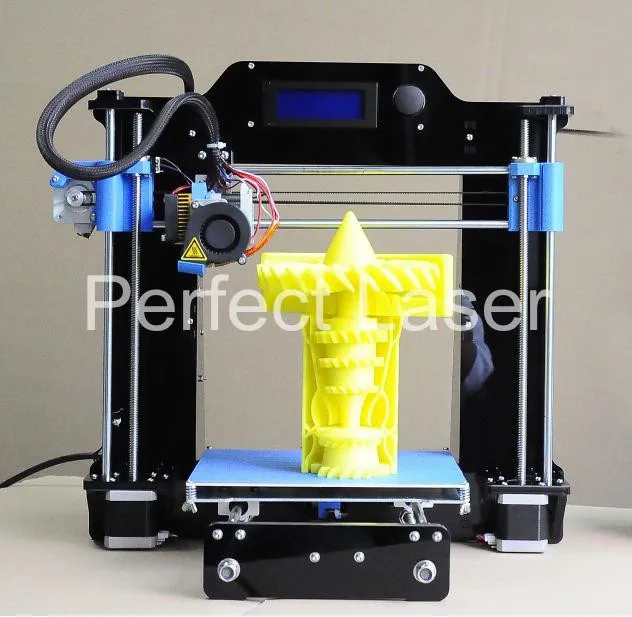 It has optimal mechanical properties and adhesion, which allows you to get a quality ABS model with easy to remove support. Soluble in D-Limonene and acetone.
It has optimal mechanical properties and adhesion, which allows you to get a quality ABS model with easy to remove support. Soluble in D-Limonene and acetone. - Easy to machine
- Matte printed surface
- High impact resistance
- Flexural modulus corresponds to 2.0 GPa
- Moisture resistant
-
SBS & SBS Glass
Alternative material name - Watson by Bestfilament and Prototyper (SBS Pro) by Filamentarno
SBS (styrene-butadiene copolymer) is a high quality material for 3D modeling, great for creativity and design with a 3D pen. SBS has an amazing combination of properties: a high level of hardness and high elasticity, which is maintained even at low temperatures. The lack of shrinkage allows you to print models of large sizes, while the models remain elastic - they are difficult to break or split. Unique coloring recipes allow you to get models with bright, crystal clear colors.
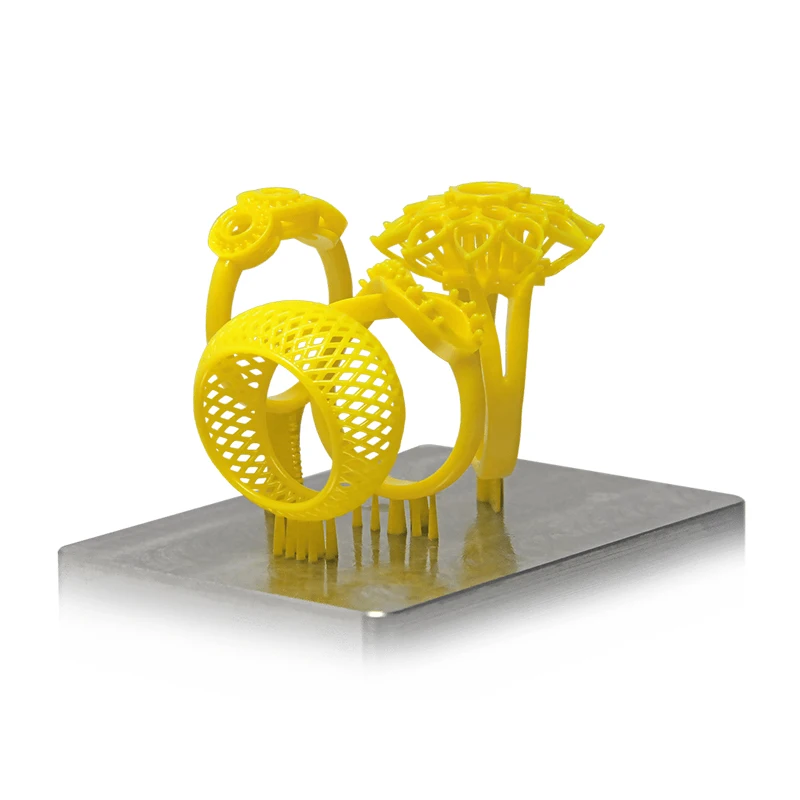 Easy processing of finished models (solvent or D-limonene), unsurpassed brilliance and transparency make SBS an indispensable material for bright design solutions.
Easy processing of finished models (solvent or D-limonene), unsurpassed brilliance and transparency make SBS an indispensable material for bright design solutions. -
Nylon
Nylon is attractive as a material for 3D printing due to its high wear resistance, affordability and excellent slip coefficient, which allows the use of nylon in bearings and other similar mechanisms, often without the use of lubricants.
-
Material Probes
Material Probes
-
Transitional (illiquid)
Various types of transitional plastics. Generally, normal bar thickness is
There are 39 products.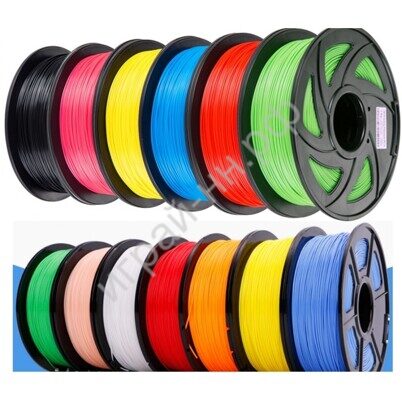
Sort by:
Showing 1-24 of 39
Active filters
1,350.00 RUB
1,350.00 RUB
1,650.00 RUB
2,000.00 RUB
2,050.00 RUB
Quick View
1,950.00 RUB
Quick View
850.00 RUB
1,200.00 RUB
$55.00
Quick View
1,850.00 RUB
1,650.00 RUB
1,250.00 RUB
Quick View
2,550.00 RUB
- Out of stock
Quick View
1,800.